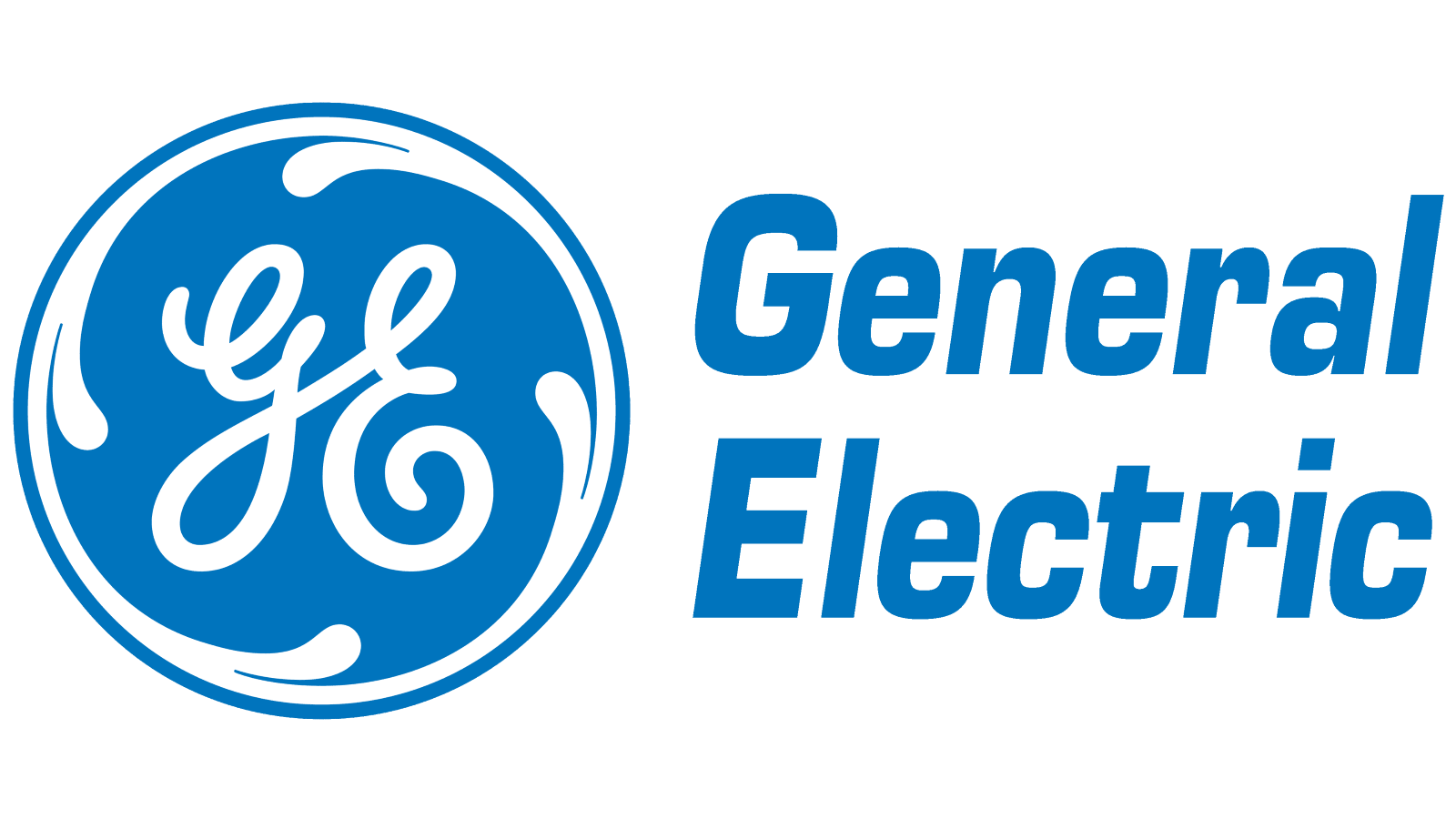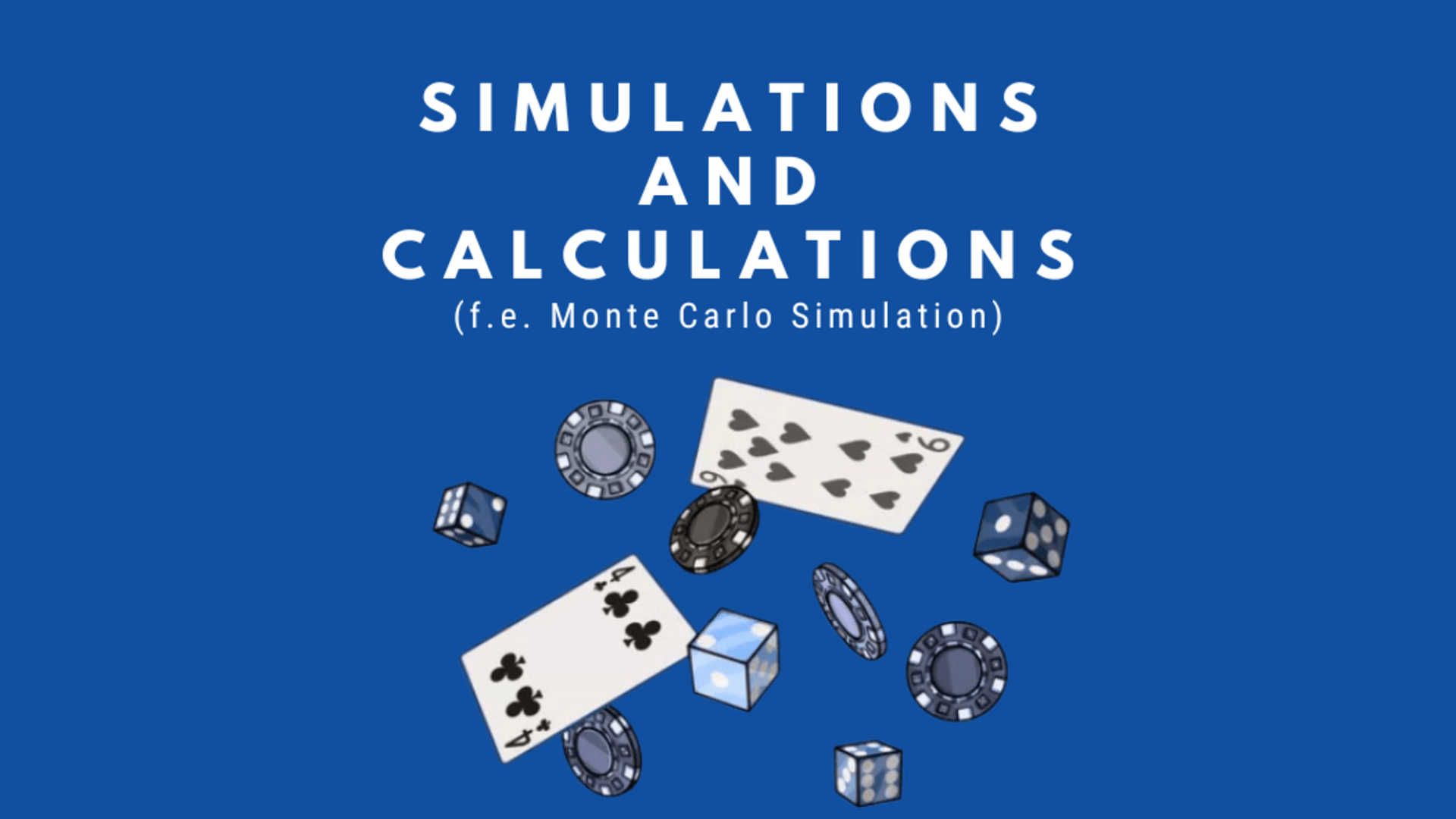Simulation (for example monte carlo simulation) is a technique used to create a virtual or physical model of a system, process, or product, to test and evaluate different scenarios, options, and strategies, and identify opportunities.
Models, here specifically the Monte Carlo model, help to calculate or estimate certain expected results based on assumptions. Typically, a model is based on many assumptions, which, the better they are validated, the more accurate estimation and results are possible. The estimation can be used repeatedly in the process as the level of knowledge increases, the more validated hypotheses are included, the closer the model approximates reality. Based on the assumption that we have already developed solutions (i.e., we should have knowledge of the market and the solution, as these numbers will be used in the calculation). Suitable for more complex situations with higher uncertainty, since simple incremental projects have fewer underlying hypotheses and the case is easier to estimate (mathematical model for trivial calculations makes less sense). Monte Carlo allows estimation using ranges of values as opposed to other, simpler methods. Also for process improvements with estimateable inputs and outputs (for example, production of new products).
Step-by-Step Guide:
- Define the problem
Identify the objective of the simulation (e.g., forecasting portfolio values).
- Formulate the model
Develop a mathematical model that describes the system or problem, including random variables.
- Determine input variables
Specify probability distributions for the random variables based on historical data or assumptions.
- Generate random numbers
Use random number generators to sample values for the stochastic variables from the distributions.
- Repeat the simulation
Run multiple iterations of the simulation (typically 1,000 to 10,000 times).
- Collect results
Record the outcomes of each iteration.
- Analyze the results
Calculate key statistics like mean, median, and variance.
- Interpret the results
Draw conclusions based on the statistical output (e.g., probabilities of certain outcomes).
- Visualize
Create charts (e.g., histograms) to visualize the distribution of results.
- Refine and repeat
Adjust the model or parameters if necessary and run the simulation again.
Example:
General Electric (GE) uses Monte Carlo simulations to assess risks in large infrastructure projects, such as energy plants and aircraft engines. By simulating various scenarios, they quantified uncertainties in costs, timelines, and technical risks. This helps them prepare for potential delays and cost overruns.
Implementation:
- Input variables: GE uses historical project data and expert opinions to define probability distributions for costs, schedules, and resource usage.
- Simulations: They run thousands of iterations to estimate the range of possible project outcomes.
- Results: Statistical analysis of the simulation results reveals possible "worst-case" and "best-case" scenarios, enabling informed decision-making in project planning.
Through this approach, GE manages risks more accurately and makes decisions that account for uncertainties. The outcome is an increased project success rate and fewer cost overruns.

For more information on the topic, please see the source below:
Furness, P. (2011). Applications of Monte Carlo Simulation in marketing analytics. Journal of Direct, Data and Digital Marketing Practice, 13(2), 132–147. https://doi.org/10.1057/dddmp.2011.25

#Target Results #Revenue Model #Scalability





